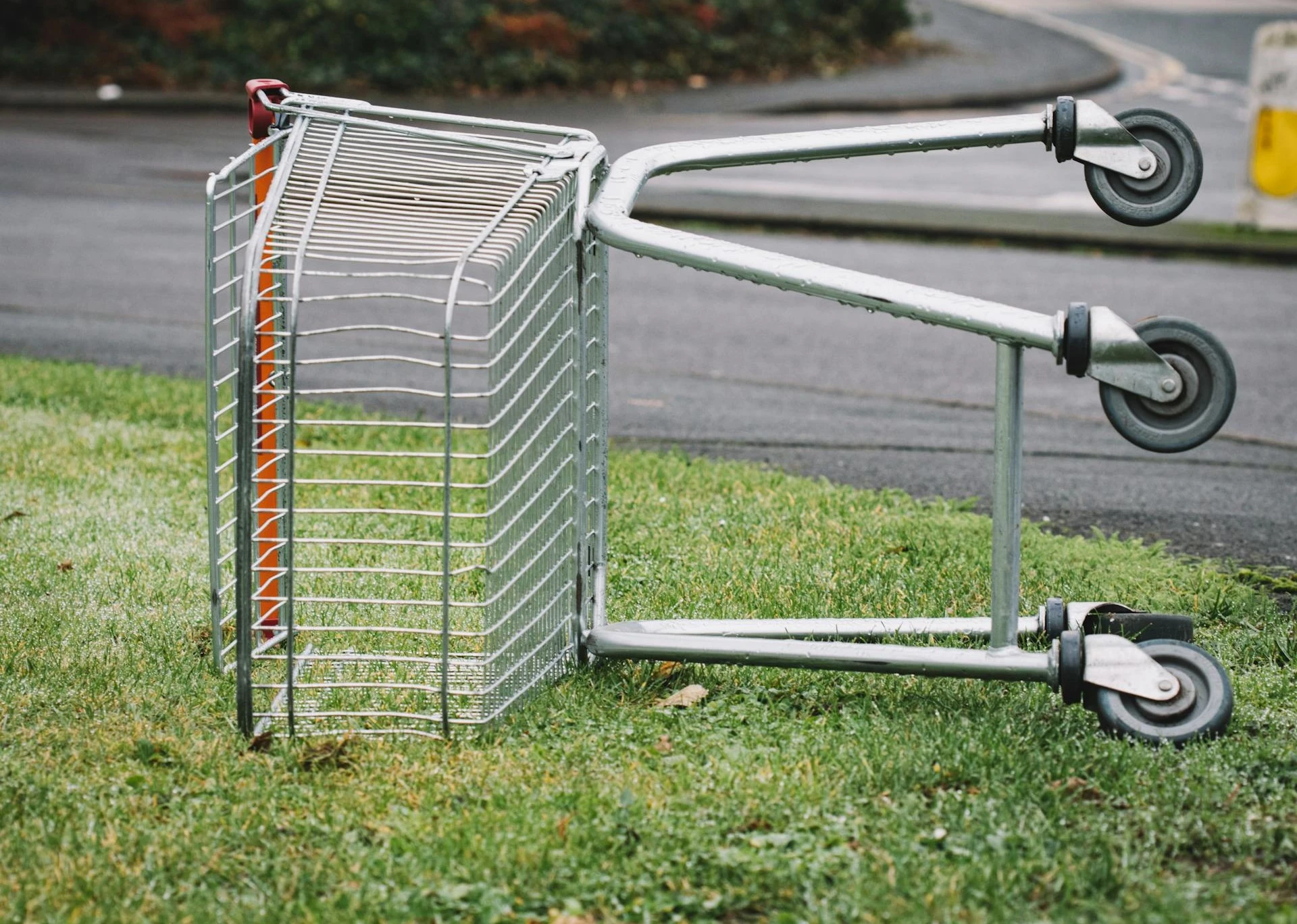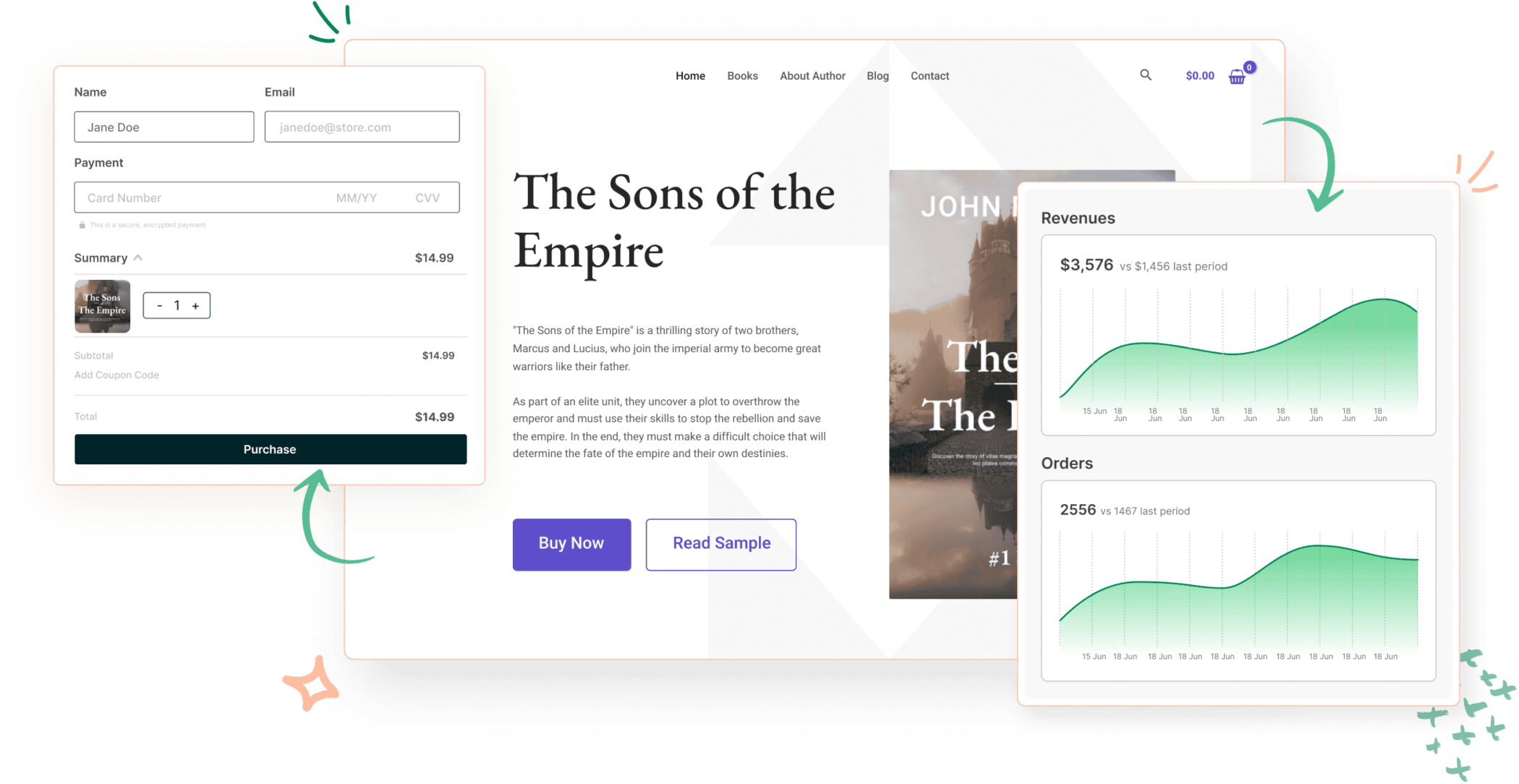How to Reduce Cart Abandonment Rates: Proven Strategies for D2C Brands

Cart abandonment is one of those issues that can sneak up on you and make a real dent in your sales. Imagine someone walking into your store, picking up an item, heading to the cashier, and then suddenly just walking out without buying anything. It sounds frustrating, right? Well, in the online world, this happens all the time. In fact, almost 70% of shoppers abandon their carts without completing a purchase! Let’s talk about why that happens and, more importantly, how you can fix it.
I’ve been through this myself, managing stores that just couldn’t seem to convert those hesitant browsers into paying customers. It took a lot of digging, testing, and tweaking to figure out what was going wrong. If you’re in the same boat, don’t worry—you’re not alone, and there are plenty of ways to tackle this.
Why Do Customers Abandon Their Carts?
Let’s start with the basics. People leave their carts behind for many reasons. Sometimes it’s as simple as an unexpected cost at checkout—like shipping fees or taxes—that throws them off. In fact, over 50% of people say unexpected costs are the reason they bail at the last minute.
But it goes deeper than that. Maybe the checkout process is too long or complicated, or you’re forcing people to create an account before they buy. Maybe your site is running slow, or they don’t see a payment method they’re comfortable with. And don’t forget about security concerns—if people don’t see those little trust badges or SSL certificates, they might not feel safe enough to pull the trigger.
Then, there are the external factors: customers often get distracted, lose interest, or decide to compare prices elsewhere. Sometimes, they just want to save their carts for later (and hey, that’s not always a bad thing). The key is figuring out which of these reasons is affecting your store the most.
Diagnosing the Problem: What’s Driving Your Abandonment Rates?
So how do you know what’s causing your cart abandonment?
First, take a hard look at your analytics. Tools like Google Analytics are your best friends here. Set up funnels to see exactly where people drop off in the checkout process. Are they leaving after entering their shipping information? Maybe they got spooked by the shipping costs. Are they abandoning right after clicking on the checkout button? Perhaps there’s an issue with your payment gateway or load time.
Next, use tools like heatmaps (think Hotjar or Microsoft Clarity). These can show you where users are clicking, scrolling, or just plain hesitating. This insight can tell you if there’s something confusing or distracting on the page. You can also try running some usability tests—nothing beats watching a real customer use your site and seeing where they get frustrated.
Finally, don’t underestimate the power of asking directly. Use exit-intent pop-ups or follow-up emails to ask customers why they didn’t finish their purchase. Sometimes, the simplest way to find out is just to ask.
How Much Cart Abandonment is “Normal”?
Now, you might be wondering what’s a “normal” cart abandonment rate. Here’s the thing: it varies. Generally, an abandonment rate around 60-70% is the industry average, but it can be higher or lower depending on your niche. For example, fashion eCommerce might see around 70%, while travel bookings can go up to 85%. If you’re much above these numbers, there’s probably room for improvement.
Strategies to Bring Those Shoppers Back
So, let’s get to the good stuff: how do you reduce your cart abandonment rates?
1. Keep Checkout Simple and Fast
I’ve seen stores lose customers just because the checkout process was too much of a hassle. Make it easy. Think one-page checkouts, guest checkouts, and progress indicators to show customers how close they are to finishing. Every extra field or click is a potential drop-off point, so keep it as streamlined as possible.
2. Be Transparent About Costs from the Start
Nobody likes surprises—especially when it comes to money. Make sure all costs, including shipping, taxes, and any additional fees, are clearly displayed early in the shopping process. If possible, offer free shipping or flat rates. Customers are much more likely to convert when they know exactly what they’re paying upfront.
3. Optimize for Mobile
Given that mobile accounts for a huge chunk of online shopping, your website must be fully optimized for mobile users. Think large buttons, easy navigation, and, most importantly, fast loading times. Remember, mobile users are often on-the-go, and they’ll abandon their carts even faster if your site takes too long to load. Aim for a loading time of under three seconds—anything longer, and you’re losing potential customers.
4. Offer Multiple Payment Options
Customers want flexibility. If they can’t find their preferred payment method, they’re likely to leave. Make sure you offer a range of options—credit cards, digital wallets like Apple Pay or Google Pay, and even Buy Now, Pay Later (BNPL) services. And if you’re selling internationally, consider local payment options too.
5. Use Retargeting and Abandoned Cart Recovery
Retargeting is a game-changer. Use tools like Facebook or Google Ads to remind customers about their abandoned carts. Better yet, set up automated abandoned cart emails or SMS messages. These can recover up to 15-20% of lost sales. Pro tip: personalize these messages. “Hey [Name], you left something behind!” works much better than a generic reminder.
6. Leverage WhatsApp or SMS for Recovery
In countries like India, where WhatsApp is the go-to communication tool, using it for cart recovery is a no-brainer. You can send personalized messages, answer questions, and even offer support—all in real-time. The same goes for SMS, which boasts a 98% open rate.
7. Build Trust with Your Customers
This one’s big. If people don’t trust your site, they won’t buy from you. Make sure you’re using SSL certificates, displaying trust badges, and showcasing customer reviews. Real customer testimonials and social proof can go a long way in building that trust factor.
8. Analyze What’s Working and What’s Not
You can’t improve what you don’t measure. Keep an eye on key performance indicators (KPIs) like cart abandonment rate, conversion rate, average order value (AOV), and recovery rate. Tools like Google Analytics, Shopify’s dashboard, or specialized eCommerce analytics tools can help you track these metrics.
If you’ve implemented changes, monitor these KPIs closely to see if they’re moving in the right direction. If not, tweak and test until you find what works.
Common Misconceptions About Cart Abandonment
One misconception is that offering discounts is the only way to recover abandoned carts. While discounts can be effective, they’re not the only tool in your arsenal. Sometimes, it’s just about addressing the customer’s concerns—like shipping costs or the checkout process.
Another myth is that cart abandonment rates are fixed. They’re not! With the right strategies, you can bring those rates down significantly.
Wrapping It Up: The Final Word on Cart Abandonment
Reducing cart abandonment isn’t a one-size-fits-all solution—it’s a combination of understanding your customer’s behavior, diagnosing the root causes, and implementing targeted strategies to address them. Whether it’s simplifying the checkout process, optimizing for mobile, offering diverse payment options, or using innovative recovery methods like WhatsApp, there’s a lot you can do to turn those lost sales into conversions.
Need a little help with this? As experts in eCommerce growth, we at Nade XP are here to guide you through the process, from diagnosing the problem to implementing solutions that work for your brand. Let’s chat and figure out the best approach for your store!
FAQs
Cart abandonment occurs when a potential customer adds items to their online shopping cart but leaves the website without completing the purchase. It’s a critical metric for eCommerce businesses as it directly affects sales and revenue.
There are several reasons for cart abandonment, including unexpected shipping costs, complicated checkout processes, lack of trust or security, slow website performance, and limited payment options. Understanding these reasons helps in creating strategies to reduce abandonment rates.
The average cart abandonment rate across all industries is around 60-70%. However, what is considered “good” depends on your industry. If your rate is higher than this average, it could indicate areas for improvement in the shopping experience.
Use tools like Google Analytics to analyze user behavior and identify drop-off points in your checkout process. Heatmaps, customer surveys, and exit-intent pop-ups can also provide insights into why customers are not completing their purchases.
Some effective strategies include simplifying the checkout process, being transparent about all costs (including shipping), offering multiple payment options, optimizing your website for mobile devices, and using retargeting techniques like abandoned cart emails and SMS messages.
WhatsApp and SMS can be powerful tools for recovering abandoned carts, especially in regions where these platforms are widely used, like India. These methods offer a direct line to customers, allowing personalized communication, answering questions, and even providing exclusive discounts to encourage a return to the cart.
Important KPIs include cart abandonment rate, recovery rate, conversion rate after recovery efforts, click-through rate (CTR) on abandoned cart emails or messages, and average order value (AOV) from recovered carts. Regularly tracking these KPIs will help you gauge the effectiveness of your strategies.
Yes, offering discounts or incentives like free shipping can help recover abandoned carts. However, this should be done carefully to avoid training customers to abandon carts deliberately to receive discounts. Consider personalized offers based on the customer’s behavior or cart value.
Shopify offers built-in features for abandoned cart recovery emails. You can automate emails to be sent to customers who leave items in their cart. Go to “Settings” > “Checkout” and configure your preferences for abandoned cart recovery emails.
There are several apps on Shopify that can help, such as Privy, Klaviyo, and ReConvert. These apps offer features like exit-intent pop-ups, retargeting, and automated email or SMS campaigns to re-engage potential customers.
Shopify’s checkout is already streamlined, but you can further optimize it by offering guest checkout, reducing the number of steps, and ensuring your store is mobile-friendly. Consider using Shopify’s “Shop Pay” for a faster, one-click checkout experience.
WooCommerce does not have built-in abandoned cart recovery features, but you can use plugins like WooCommerce Cart Abandonment Recovery or Retainful. These plugins help you create automated emails and track abandoned carts to re-engage customers.
Some popular plugins include CartFlows for optimizing the checkout process, YITH WooCommerce Recover Abandoned Cart for email recovery, and TrustPulse to build social proof. These tools help in reducing abandonment rates by enhancing the user experience.
WooCommerce allows you to customize the checkout process extensively. You can simplify fields, remove unnecessary steps, and optimize for mobile. Plugins like “Checkout Field Editor” let you customize the checkout form to suit your needs.















